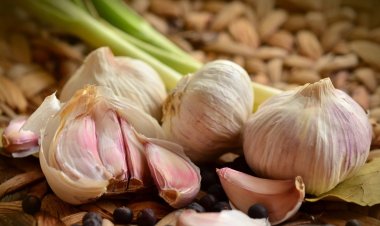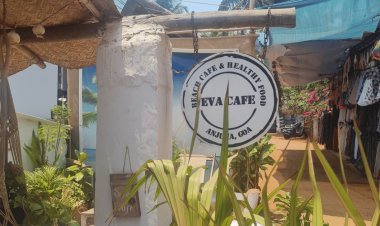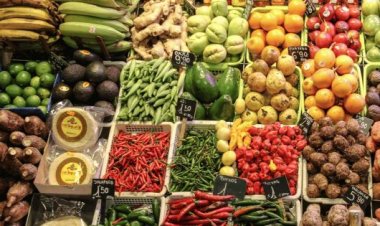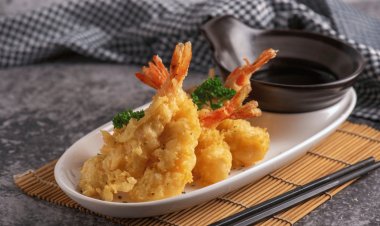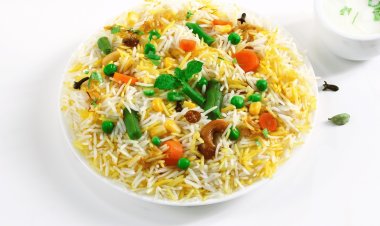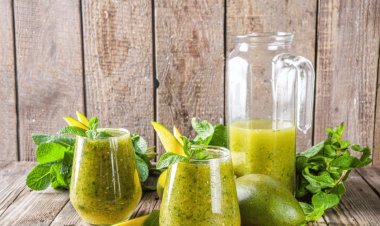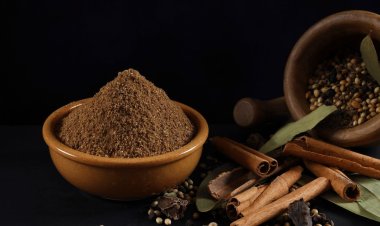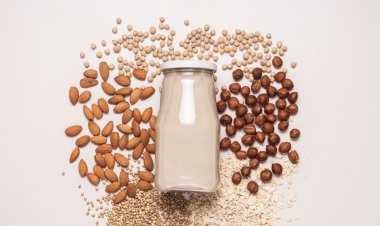GI Tagged Products of Maharashtra: A Complete List
Know the rich legacy of Maharashtra’s GI-tagged products, from Alphonso mangoes to Nashik Valley wine. Learn how these heritage-rich commodities gained recognition, their market value, and their impact on India’s economy.
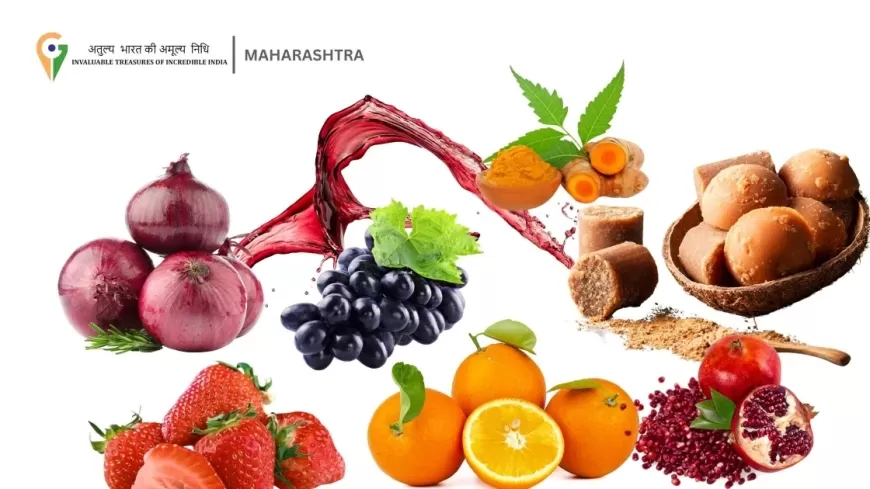
Maharashtra, a land rich in heritage and diverse agricultural bounty, is home to several Geographical Indication (GI)-tagged products that are celebrated for their uniqueness and historical significance. These products are not just commodities; they carry the legacy of generations, embodying the flavors and traditions of their native regions. Let’s embark on a journey through Maharashtra’s most prized GI-tagged products, the year they earned their recognition, and the impact they have on markets and businesses.
The Journey of GI-Tagged Agricultural Products
Alphonso Mango (Hapus) – 2018: The King’s Crown
The Alphonso mango, known as ‘Hapus’ in Maharashtra, earned its GI tag in 2018. Grown in the coastal Konkan belt, particularly in Ratnagiri, Sindhudurg, and Raigad, this mango is a symbol of summer indulgence. The global demand for Alphonso mangoes skyrocketed after its GI recognition, making it a premium export fruit valued at over ₹3,000 crore annually.
Mahabaleshwar Strawberry – 2010: The Sweet Red Jewel
Mahabaleshwar strawberries, known for their deep red color and succulent sweetness, were awarded the GI tag in 2010. The cool climate of Mahabaleshwar plays a vital role in their cultivation. Today, the strawberry industry in Maharashtra is worth around ₹200 crore, with large-scale exports to the Middle East and Southeast Asia.
Nashik Grapes – 2010: The Vineyard Treasure
Nashik, dubbed India’s ‘Wine Capital,’ produces grapes that earned their GI tag in 2010. The region’s climate is ideal for growing wine and table grapes, supporting a market that contributes over ₹5,000 crore to the state’s economy. Nashik grapes are a crucial raw material for India’s flourishing wine industry.
Nagpur Orange – 2013: The Citrus Powerhouse
Nagpur’s tangy-sweet oranges, GI-tagged in 2013, are an agricultural marvel. The city is one of India’s largest orange producers, contributing nearly ₹2,000 crore to the fruit trade. These oranges dominate the domestic market and are also exported in large quantities.
Kolhapuri Jaggery – 2013: The Golden Sweetener
Kolhapuri jaggery, known for its natural sweetness and purity, was granted a GI tag in 2013. The jaggery business in Kolhapur alone is valued at ₹1,500 crore annually, serving as a healthier alternative to refined sugar and a key ingredient in Indian sweets.
Ajara Ghansal Rice – 2015: The Fragrant Legacy
Ajara Ghansal rice, GI-tagged in 2015, is an aromatic rice variety from the Ajara region. Its premium quality makes it a staple in festive dishes. Despite its niche production, it commands high prices in gourmet markets, contributing significantly to the local economy.
Lasalgaon Onion – 2015: The Kitchen Essential
Lasalgaon in Nashik is India’s largest onion market, with its onions earning a GI tag in 2015. This essential commodity forms a ₹10,000 crore industry, with major exports to Gulf countries and Southeast Asia.
Solapur Pomegranate – 2016: The Ruby Fruit
The Solapur pomegranate, GI-tagged in 2016, is known for its ruby-red seeds and high nutritional value. It plays a crucial role in the ₹2,500 crore pomegranate trade in India, with increasing exports to Europe and the Middle East.
Sangli Turmeric – 2018: The Golden Spice
Turmeric from Sangli received its GI tag in 2018 and is widely regarded for its high curcumin content. Maharashtra’s turmeric trade is worth over ₹3,000 crore, supporting both medicinal and culinary industries.
Manufactured GI-Tagged Products
Nashik Valley Wine – 2010: The Bottled Elegance
Nashik Valley wine, GI-tagged in 2010, has placed India on the global wine map. With over 40 wineries in Nashik, the Indian wine industry is valued at ₹5,000 crore, and Nashik contributes to more than 70% of wine production in the country.
Why GI Tags Matter for Business and Growth
A GI tag not only preserves the authenticity of a product but also boosts its market value, securing better prices for farmers and producers. Maharashtra’s GI-tagged products have significantly contributed to India’s agricultural and export economy. From the vineyards of Nashik to the orchards of Ratnagiri, each GI-tagged product tells a story of tradition, excellence, and economic prosperity.
Next time you relish an Alphonso mango or sip Nashik wine, remember you are experiencing a slice of Maharashtra’s glorious heritage, backed by centuries of expertise and dedication.
What's Your Reaction?
 Like
0
Like
0
 Dislike
0
Dislike
0
 Love
0
Love
0
 Funny
0
Funny
0
 Angry
0
Angry
0
 Sad
0
Sad
0
 Wow
0
Wow
0



























